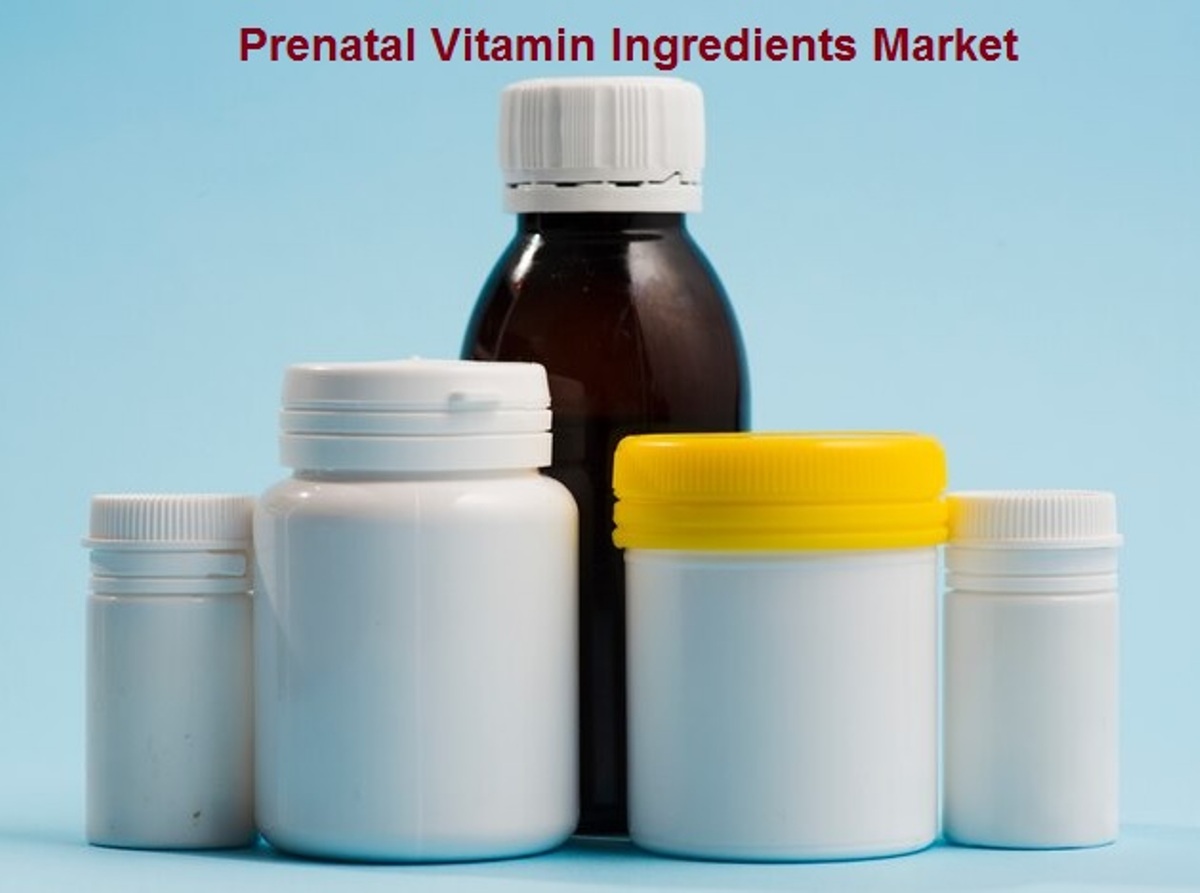
The global market for rheumatoid arthritis treatments is expected to grow at a CAGR of...
Learn More
Our consulting solutions address company specific challenges with respect to micro environment...
Learn More
Organizations frequently need day-today research guidancein order to gain strategic...
Learn More
Exploring different areas of market research and market analysis is a key factor...
Learn MoreAcute Market Reports presents the most extensive global business research services across industries. Our research studies focus on potential outcomes, benefits, and risks associated with each market segment across geographies. Having served our global clients for more than 10 years, our prime priority is to enable our clients in making well-informed business decisions through a data-driven, analytical, and uncomplicated research approach.
We provide access to the world's most comprehensive, analytical, and updated business intelligence services and solutions.




Brachioplasty, commonly known as an arm lift, is a cosmetic surgical procedure aimed at reshaping and tightening the upper arm area. The procedure is sought after by individuals who experience sagging or excess skin in their arms due to aging, signif...
Read More
The PE blow molded products market is expected to grow at a CAGR of 4.7% during the forecast period of 2025 to 2033, driven by the demand for sustainable packaging, expansion in chemical and industrial sectors, and the rise in demand for Intermediate...
Read More
The prenatal vitamin ingredients market is expected to grow at a CAGR of 6.5% during the forecast period of 2025 to 2033. Prenatal vitamin ingredients market is a crucial segment within the broader nutritional supplements industry, tailored specifica...
Read More




